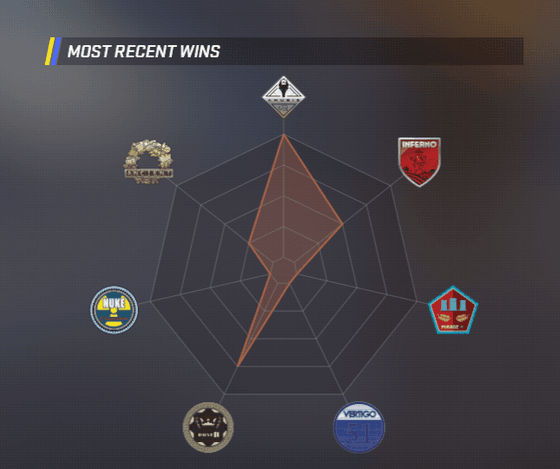BFN Lab: Insights and Innovations
Explore the latest trends and insights in technology, science, and innovation at BFN Lab.
Map Veto Madness: Choosing Chaos in CS2
Dive into the chaos of CS2 as we explore Map Veto Madness! Discover strategies, tips, and tricks to gain the upper hand in your matches!
Exploring Map Veto Strategies: Mastering the Art of Chaos in CS2
In the ever-evolving world of CS2, mastering the intricacies of map veto strategies is essential for teams aiming to outmaneuver their opponents. Understanding the significance of map selection can make or break a match, as it directly influences team composition and gameplay styles. Teams often employ veto strategies to eliminate maps that favor their rivals, thereby leveling the playing field. For instance, a team may prioritize banning maps where their opponents have shown exceptional skill, consequently steering the match towards their own strengths. This strategic depth is what we call the 'art of chaos'—creating unpredictable situations that prompt opponents to react rather than act independently.
Moreover, successful map veto strategies require extensive knowledge of not just one’s own strengths but also those of the competition. One effective approach is to create a list of preferred maps and consider the strengths and weaknesses of rival teams on each. Teams can utilize a systematic process:
- Analyze previous match data to identify map tendencies.
- Evaluate the individual players' performance on specific maps.
- Adjust your vetoes based on the current meta and player form.

Counter-Strike is a popular team-based first-person shooter game that has captivated millions of players worldwide. Players can choose from a variety of weapons, including the mp9, to strategize and compete against each other in various game modes. The game's emphasis on teamwork and skill has made it a staple in the competitive gaming community.
Top 5 Common Mistakes in Map Veto: How to Avoid The Chaos
In the competitive world of esports, particularly in games that require strategic map choice, making mistakes during the map veto process can lead to chaotic outcomes. One of the common mistakes is failing to thoroughly research the opposing team's map preferences and strengths. Ignoring this key aspect can lead to picking a map that the other team excels on, ultimately giving them a significant advantage. To avoid this chaos, teams should analyze past matches and understand their opponent's favored maps and performance metrics.
Another prevalent error is not having a clear veto strategy in place. Teams often go into the veto phase without a cohesive plan, leading to confusion and hasty decision-making. It is crucial to establish a predetermined order for vetoing maps and to communicate effectively among team members during this critical phase. Avoiding this chaos requires consistent practice and a solid understanding of map dynamics, which can only be achieved through teamwork and proper preparation.
How Does Map Veto Impact Team Dynamics in CS2 Matches?
The map veto process in CS2 matches plays a crucial role in shaping team dynamics. It allows teams to eliminate maps they are least comfortable with, while also highlighting their strategic strengths on preferred maps. This decision-making can directly influence team morale, as players may feel more secure and confident when practicing on maps they excel in. Furthermore, the chosen maps set the stage for the overall game plan, pushing teams to adapt their strategies effectively depending on the environmental variables dictated by the selected maps.
Moreover, the interaction during the veto process can serve as a reflection of a team's cohesion and communication skills. For instance, if players do not reach a consensus on which maps to veto, it could signal underlying issues within the team dynamic. Teams that engage in a collaborative discussion are often more united and better prepared for the challenges ahead. In CS2, the subtle nuances of the map veto not only frame the competitive landscape but also impact the psychological readiness of teams as they enter a match.